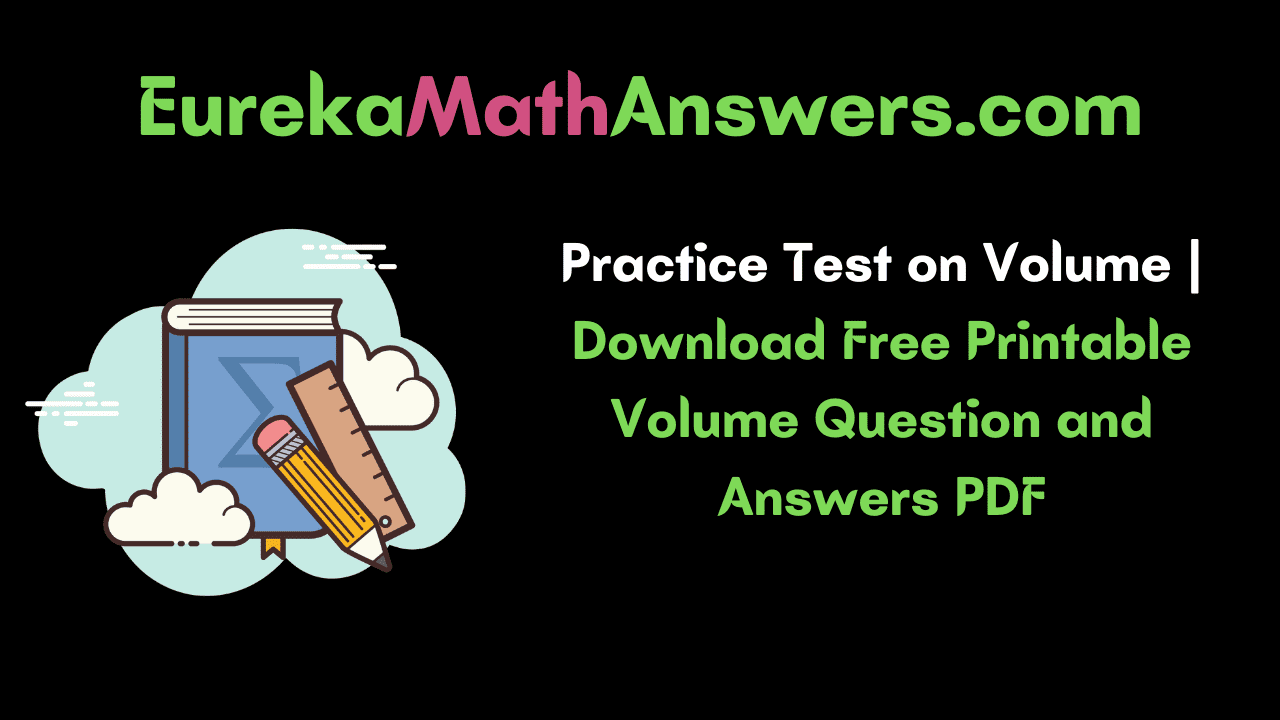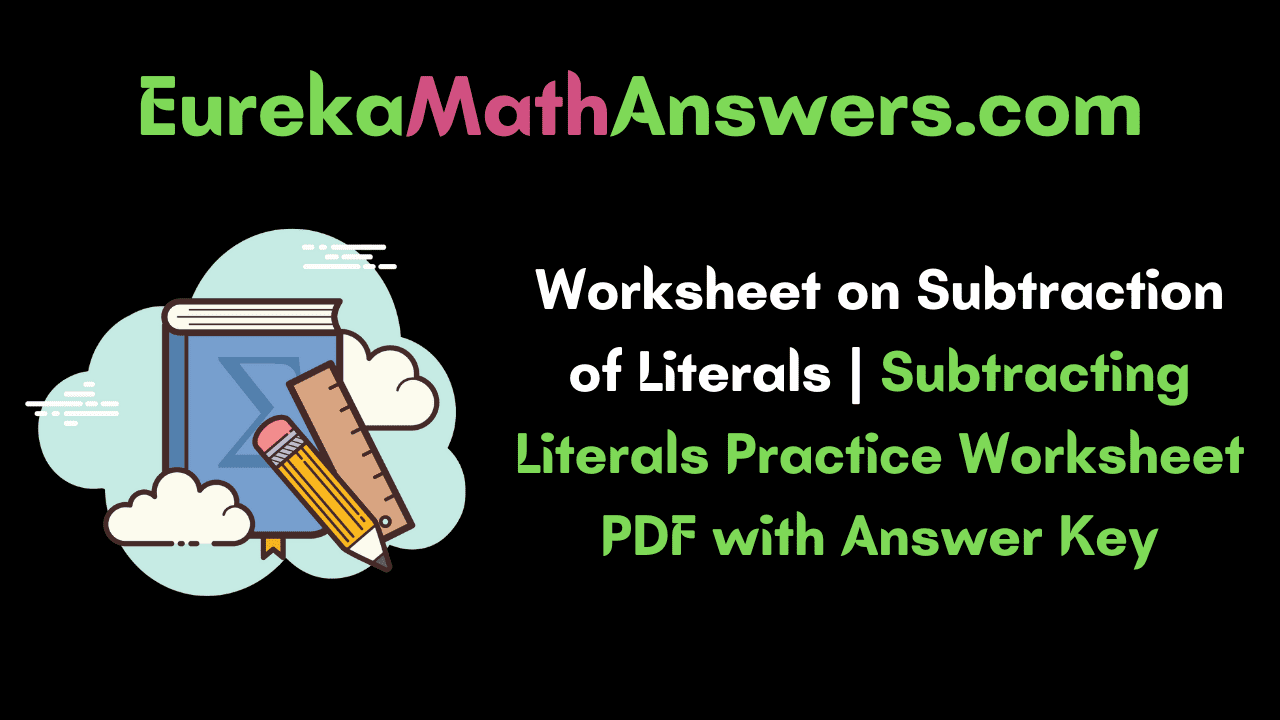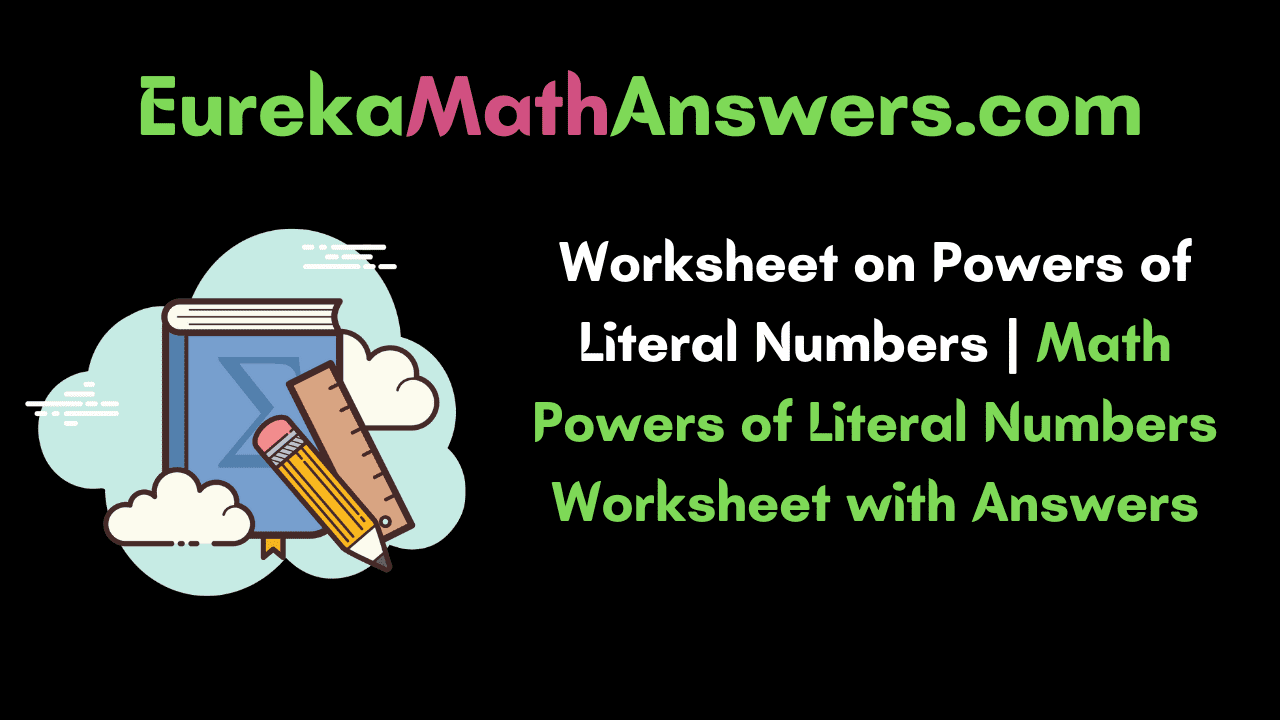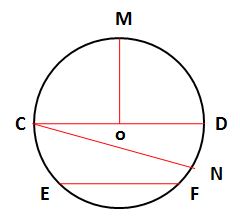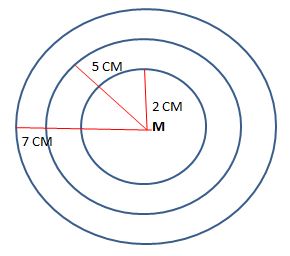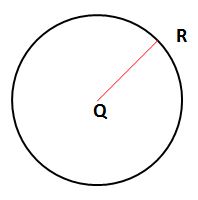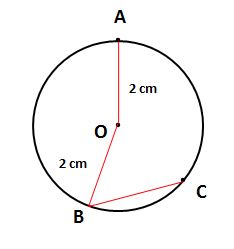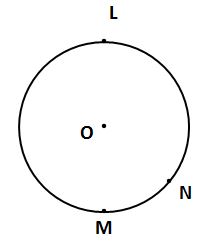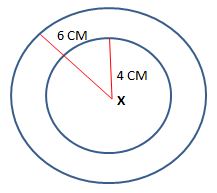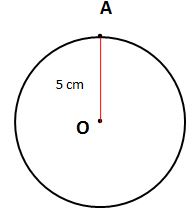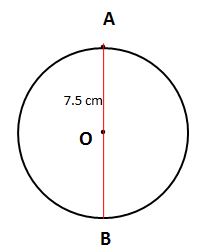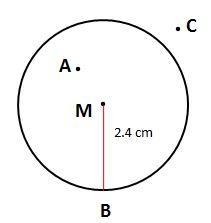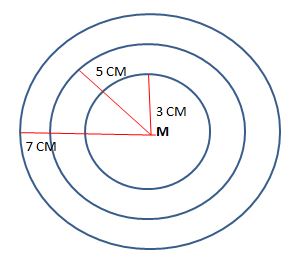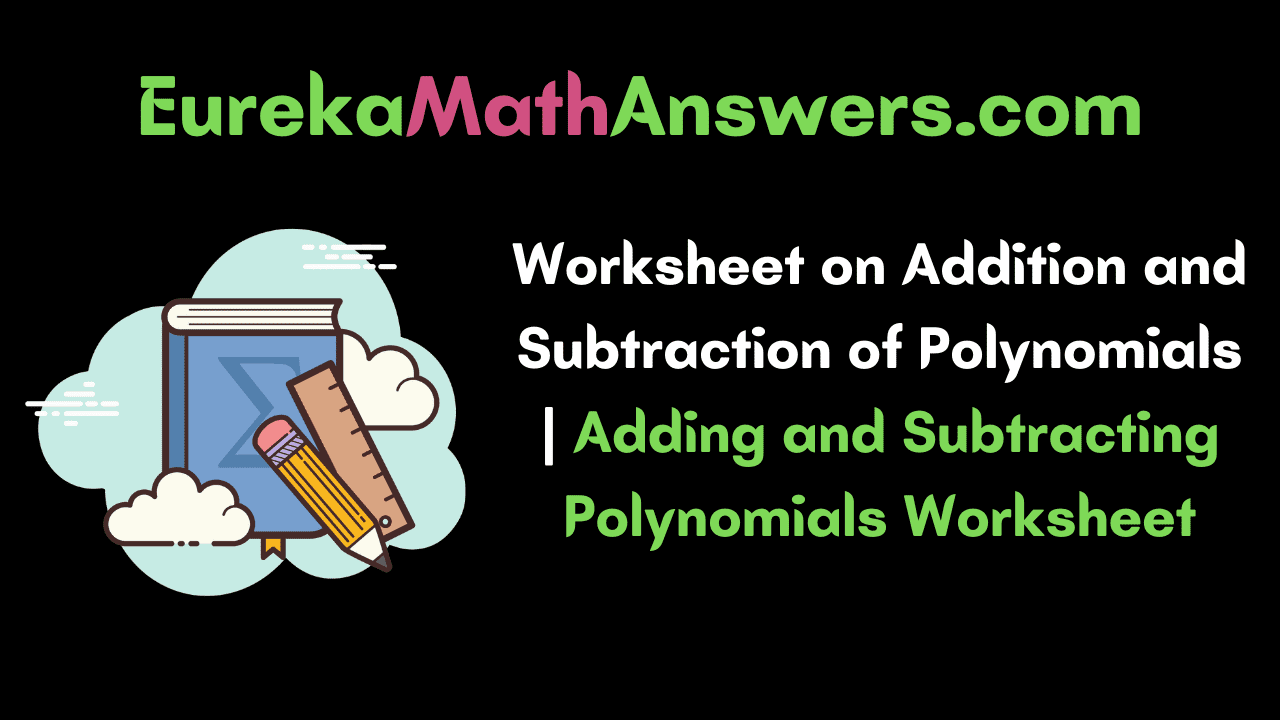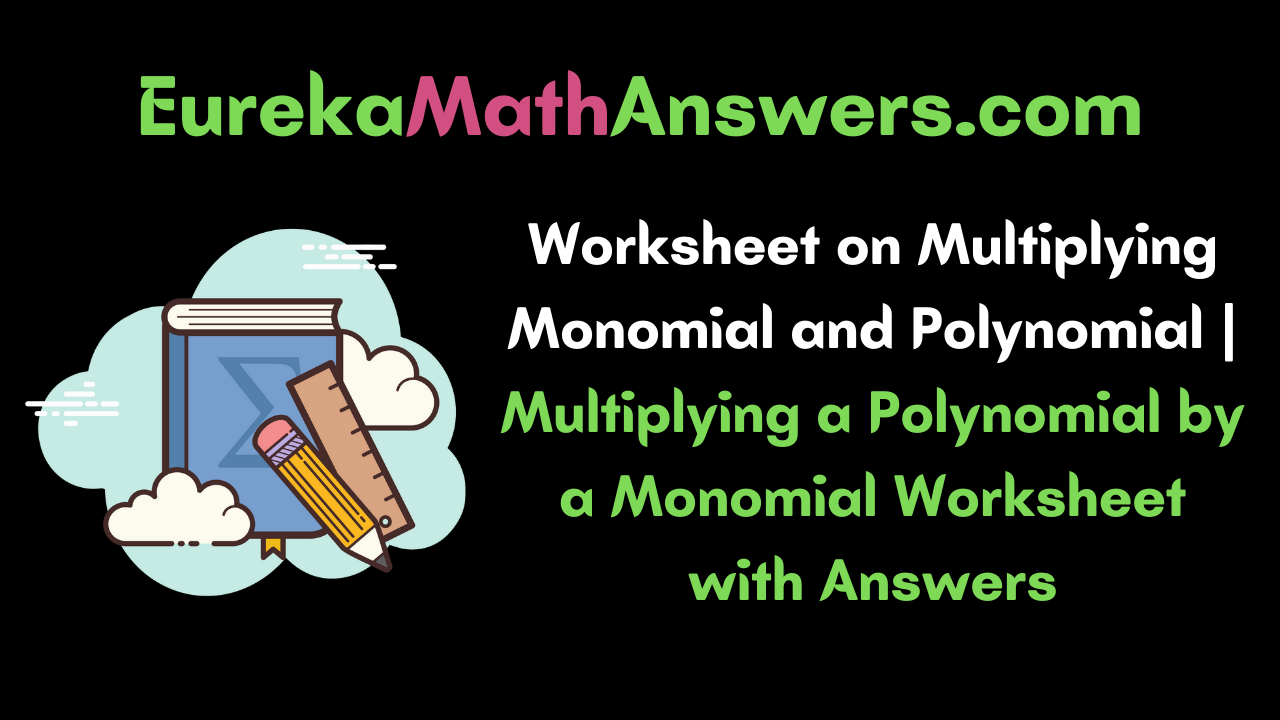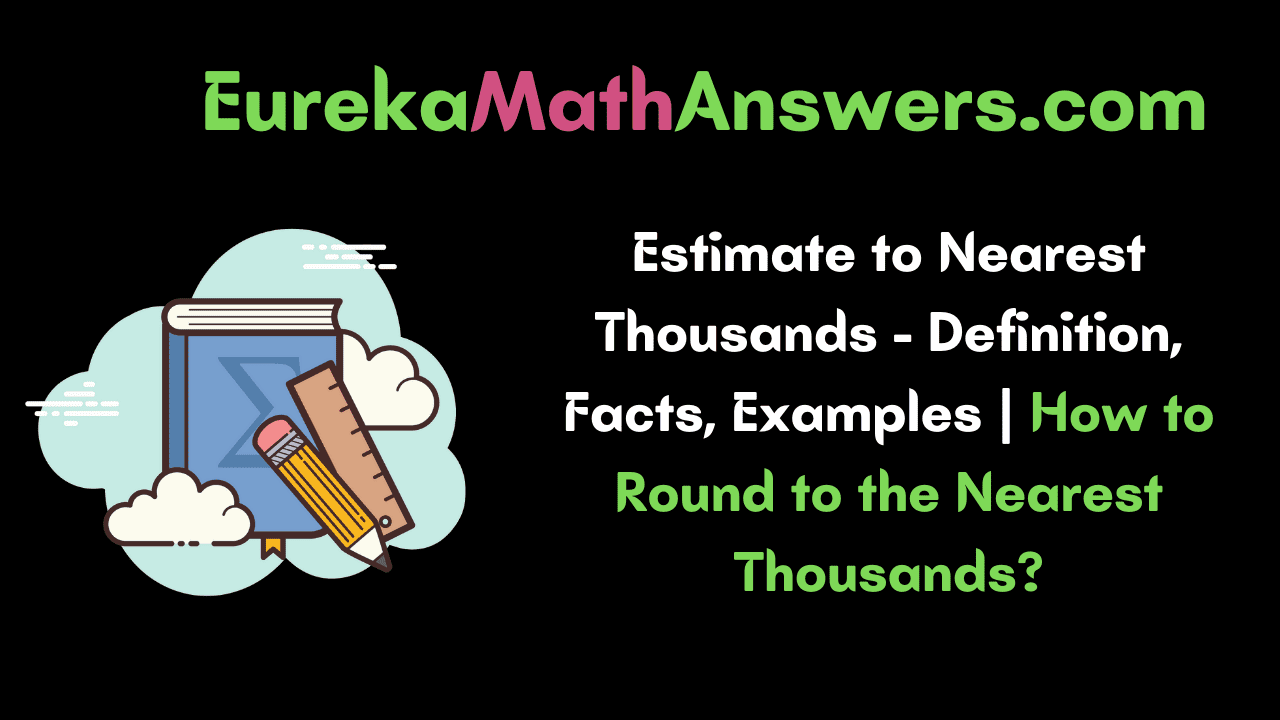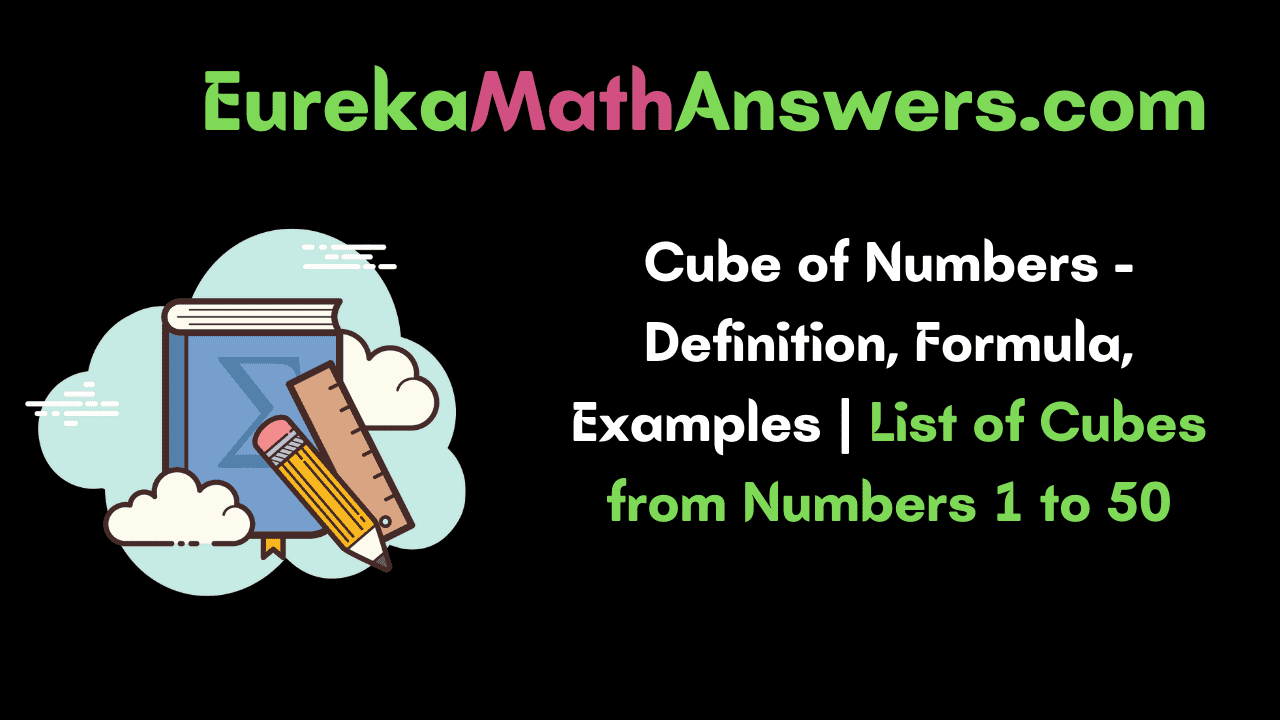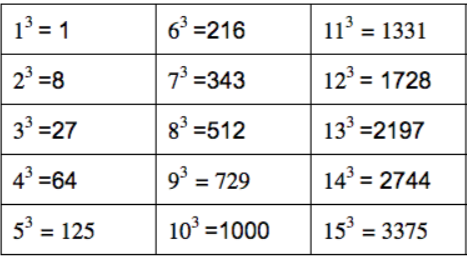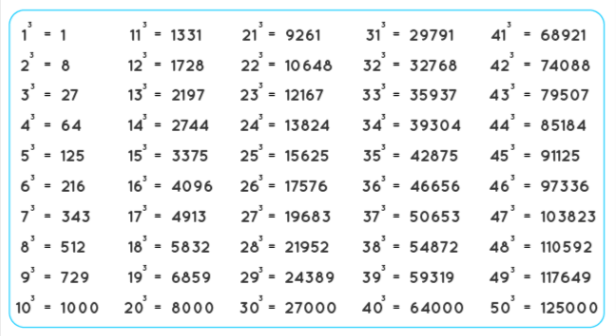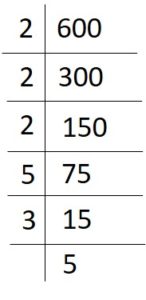This article will assist the students in learning and understanding more about the geometry concept volume. Here, you will find different volume questions for different shapes such as cube, cone, cylinders, and sphere, etc. Indeed students can have the volume questions from easy ones to difficult ones.
Also, you can get an idea of volume in terms of square units and also in cubic units. Teachers and students of can use this article to find volume test questions for different shapes.
Also, Read: Units of Volume
Volume – Definition & Formulas
A volume is defined as the amount of space occupied by any three-dimensional object. An object can be a cube, a solid, a cuboid, and a sphere, etc. In volume different shapes have different volumes. In geometry, we have shapes and solids namely cube, cuboid, sphere, and cylinder, etc., all are defined in three dimensions.
| Name of geometrical shape | Volume formula |
| Cube | V = a3, where a is the edge length of a cube |
| Cuboid | V = length x width x height |
| Cone | V = ⅓ πr²h, Where r is the radius and h is the height of a cone |
| Cylinder | V = πr²h, Where r is the radius and h is the height of a cylinder |
| Sphere | V = 4/3 πr3, Where r is the radius of a sphere |
| Volume of Frustum | πh/3 (R2+r2+Rr) Where ‘R’ and ‘r’ are the radii of base and top of frustum |
| Volume of Prism | Base Area x Height |
| Volume of Pyramid | ⅓ (Area of base) (Height) |
| Volume of Hemisphere | ⅔ (πr3), Where r is the radius |
Let us practice some problems on volume in different shapes and solids to get a clear perception for students about the concept of volume.
Practice Questions on Volume
1. Find the volume of a cube, having the sides of length 6 cm.
Solution:
Given, the length of the sides of the cube is 6 cm.
As we know, the volume of a cube = (length of the sides of a cube)³ = a³.
Now, volume = (6 cm)³ = 6 cm× 6 cm× 6 cm = 216 cm³.
Thus, the volume of a cube, V = 261 cm³.
2. Find the volume of a cube of a side 22 cm.
Solution:
Given, the volume of a cube of a side is 22 cm.
The volume of a cube, V = a³.
Now, V = (22 cm)³ = 22 cm× 22 cm× 22 cm = 10648 cm³.
Hence, the volume of a cube is 10648 cm³.
3. Find the volume of a cuboid of dimensions 6 cm, 4.2 cm, 12 cm.
Solution:
Given, Volume of cuboid dimensions is 6 cm, 4.2 cm, 12 cm.
The formula used for the volume of cuboid is V = length x width x height.
V = 6 cm× 4.2 cm× 12 cm = 302.4 cubic centimeters.
Therefore, the volume of a cuboid is 302.4 cu cm.
4. A cylinder has a diameter of 4.2 cm and is 6.4 cm in height. Calculate the volume of a cylinder and have to answer with one decimal place.
Solution:
Given, dimensions are the diameter of 4.2 cm and height of 6.4 cm.
The volume of a cylinder is V = πr²h.
Now, V = 3.14× 2.1× 2.1× 6.4 = 88.62336 cm³.
Thus, the volume of a cylinder is 88.6 cm³.
5. How many cubes of side 5 cm are needed to build a cube of side 15 cm?
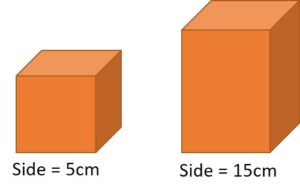
Solution:
Given
The side of a small cube is 5 cm.
The side of a large cube is 15 cm.
We required n no. of small cubes.
The volume of the cube, V = a³
n no. of cubes = Volume of a large cube / Volume of a small cube
Now, we find the volume of both the cubes
The volume of a small cube, V = (5 cm)³ = 125 cm³.
The volume of a large cube, V = (15 cm)³ = 3375 cm³.
n no. of cubes = 3375/125 = 125.
Hence, 125 cubes of side 5 cm are essential to build a cube of 15 cm.
6. Find the length of the edges of a cube, if the volume is equal to 216 m³.
Solution:
Given, a cube of a volume is 216 m³.
Let, the length of the edges is a³.
By the formula, Volume of a cube, V = (length of the edges of a cube)³ = a³.
Now, substitute the given values
216 = a³
a = ³√216 = 6 m
Hence, the length of a cube is 6 m.
7. What is the volume of a gift box, if the dimensions of a cuboidal gift box are 20 inches, 45 inches, 15 inches?
Solution:
Given that, a gift box is in cuboidal shape.
The dimensions of a gift box are
The length of the gift box is 20 in
The width of the gift box is 45 in
The height of the gift box is 15 in
The volume of the gift box is
V = length × width × height
V = 20 in× 45 in× 15 in = 13,500 in³.
Therefore, the volume of a cuboidal gift box is 13,500 cubic inches.
8. If the cuboid volume is 212 cm³, its length is 6 cm and height is 8 cm. Find the cuboid breadth?
Solution:
Given that,
Cuboid volume is 212 cm³
Cuboid length is 6 cm
Cuboid height is 8 cm
The formula for the volume of cuboid is, V = length × breadth × height
Substitute the given values in the formula,
212 = 6 × breadth × 8
Cuboid breadth = Volume / (length × height)
Cuboid breadth = 212 / (6 × 8) = 212 / 48 = 4.416 cm.
Thus, the breadth of a cuboid is 4.416 cm.
